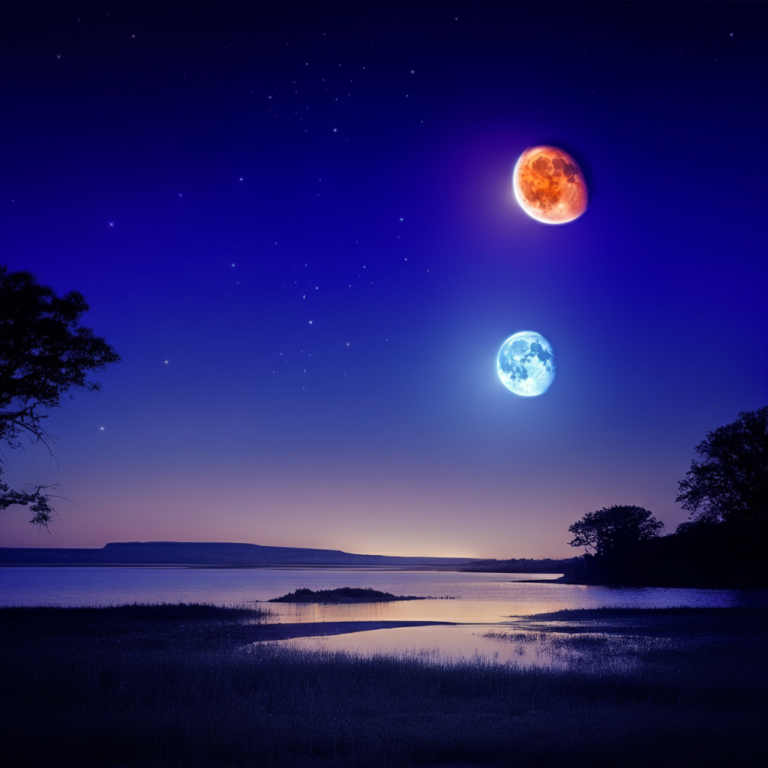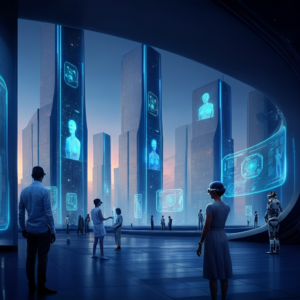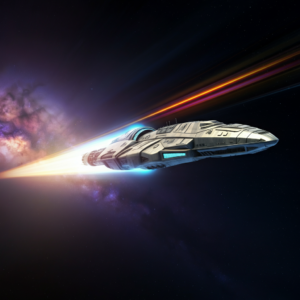Earth’s moon has been a constant companion, shaping our night skies, tides, and even life on the planet for billions of years. But what if there were two moons instead of one? This hypothetical scenario ignites curiosity among astronomers and science enthusiasts alike, offering a glimpse into how the dynamics of our planet—and perhaps even humanity—might change with the addition of a second lunar body.
From altered tides to shifts in cultural beliefs, this thought experiment challenges what we know about Earth’s delicate balance. Here’s how our world could be transformed if Earth had a second moon.
Theoretical Possibilities
Could Earth Ever Have Two Moons?
While Earth’s single moon is the result of a cataclysmic collision early in the planet’s history, having two moons is not entirely unprecedented in the universe. Many planets in the solar system, such as Mars, have multiple moons. Earth having two moons is unlikely under its current gravitational dynamics, but it could have been possible if circumstances were different during the planet’s formation.
Scientific theories suggest that moons form either through massive impacts (like Earth’s current moon) or by capturing nearby celestial bodies. For Earth to have a second moon, it would have had to either capture another body within its gravitational influence or form another satellite during its early development. However, our moon’s strong gravitational pull likely prevented any other large bodies from being captured in Earth’s orbit.
Even today, there are small asteroids temporarily caught in Earth’s gravitational pull, sometimes referred to as “mini-moons,” but they are far too small to transform our night skies like a full-fledged, second moon.
What Would It Take to Have Two Moons?
For Earth to maintain a second moon of significant size, the orbits of the two moons would need to remain stable—no small feat given the gravitational interactions involved. Any significant disturbance could lead to collisions, altered orbits, or the ejection of the smaller moon from Earth’s orbit.
Dual Moons in the Night Sky
Imagine looking up on a clear evening and seeing not just one—but two glowing moons lighting up the sky. A second moon would drastically change Earth’s appearance, potentially casting dual shadows and altering the night as we know it.
The Impact on Tides and Earth’s Rotation
Currently, our moon is responsible for creating the tidal rhythm of our oceans as it pulls on Earth’s water with its gravitational force. If Earth had a second moon, the gravitational interaction between the two moons and Earth would make tides far more complex—and likely more extreme.
Tidal waves could become unpredictable in their size and timing, impacting marine ecosystems and potentially threatening coastal communities with increased flooding. Additionally, Earth’s rotation could be affected. A second moon might cause the length of a day to shift incrementally, as the moon exerts enough force on Earth to gradually slow down its spin.
Effects on Life
Ecosystems and Weather Patterns
The gravitational interplay between two moons would extend far beyond tides—they could influence global weather systems and even Earth’s axis. Disruptions in tidal flows could affect marine ecosystems, potentially throwing food chains out of balance. We may see shifts in migratory patterns of marine species and other creatures dependent on tidal systems.
Additionally, the complex gravitational pull of two moons might affect Earth’s axial tilt, which is responsible for our seasons. A shift in the tilt could lead to dramatic temperature changes, disrupting ecosystems and agriculture.
Cultural and Religious Significance
Throughout history, the moon has inspired countless myths, poems, and spiritual practices. What would a second moon mean for human culture? It’s possible civilizations might worship or name each moon differently, creating new symbols and rituals tied to dual moons. Entirely new superstitions and artistic expressions might emerge, reshaping the way humans interpret the cosmos.
The Future of Earth with Two Moons
Sustaining Two Moons in Orbit
If Earth were to suddenly acquire a second moon—perhaps through the collision of another planetesimal or asteroid—the feat of keeping it in orbit would be immense. Scientists would need to study these moons closely, carefully observing their orbital behaviors to predict potential collisions or ejections.
This hypothetical scenario also raises questions about space exploration. Two moons might offer future generations more opportunities to study lunar surfaces or establish bases. A second moon could serve as an additional platform for observing the cosmos or testing new space technologies.
A Gateway to Understanding Exomoons
The idea of Earth having two moons also has implications in the study of exomoons—satellites outside our own solar system. If astronomers can theorize how life and climates might adapt to a two-moon system on Earth, it could give them a better framework for understanding exoplanets with similar setups.
A Two-Mooned Earth—The Ultimate “What If?”
From skywatching wonders to alien ecosystems, the concept of Earth having two moons is as enthralling as it is mind-boggling. It forces us to ponder the delicate balance of our planet’s natural systems and how even subtle changes could lead to profound transformations.
For now, our single moon offers plenty of beauty, mystery, and inspiration. But in an infinite universe, thinking about these “what if” scenarios encourages us to look up, imagine, and explore—even the possibilities that seem out of reach.
What do you think Earth with two moons would be like? Share your thoughts below, and keep nurturing that spark of curiosity for everything astronomical!







